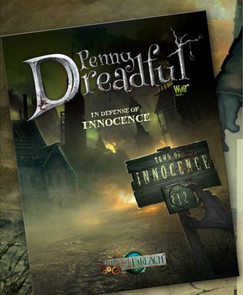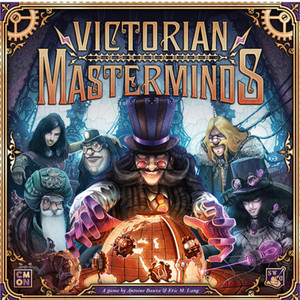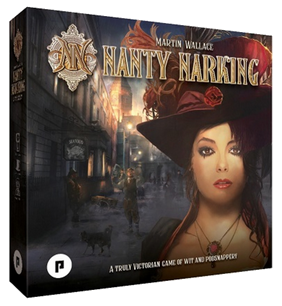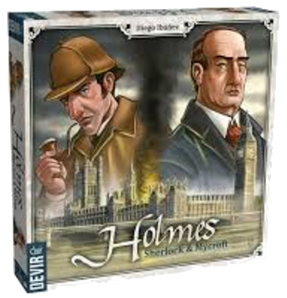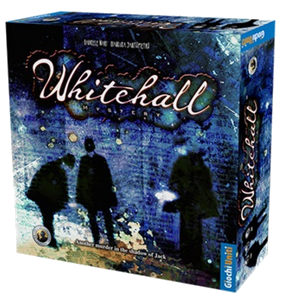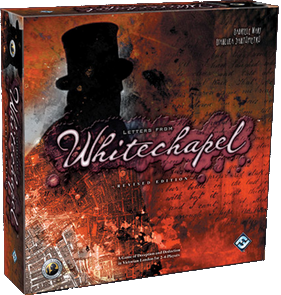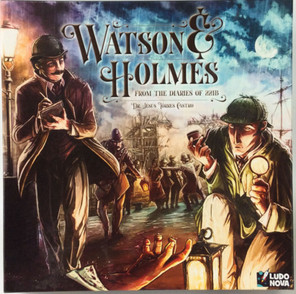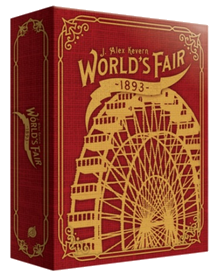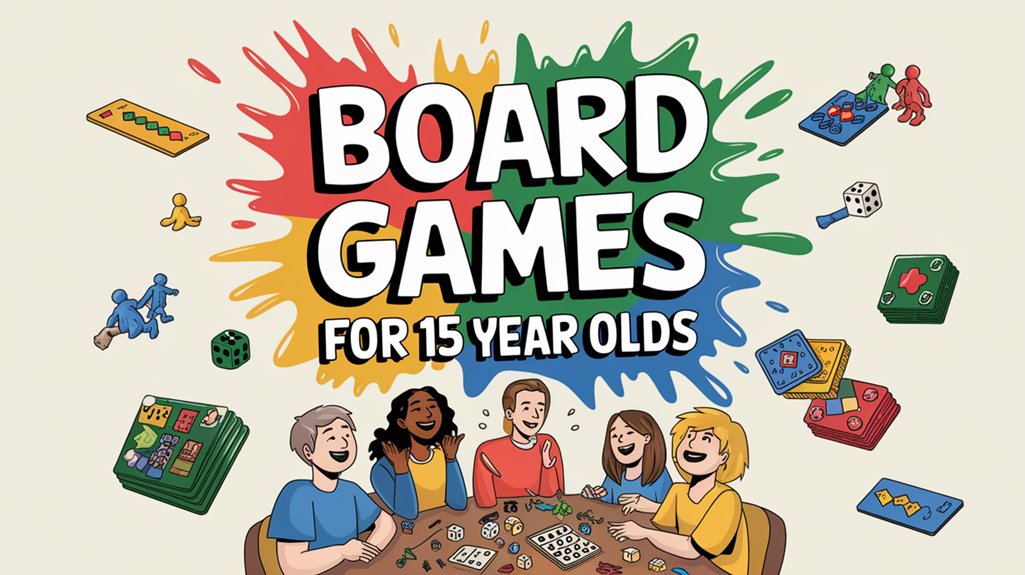Victorian-themed board games constitute a niche but vibrant subcategory within analog ludology. These tabletop experiences operationalize 19th-century aesthetics, social hierarchies, and technological innovations as core mechanical frameworks. The ludic translation of Victorian sensibilities—from Gothic literature to industrial progress—manifests through worker placement, deduction, and area control mechanisms. Designers utilize historical verisimilitude to improve immersion while simultaneously abstracted game states maintain playability. The intersection of period-authentic themes with contemporary game design principles yields particularly compelling tabletop experiences worthy of thorough examination.
Key Takeaways
- Victorian-themed games span mysteries like “Whitehall Mystery” and “Watson & Holmes” that focus on deduction and investigation.
- “Nanty Narking” offers area control gameplay set in Dickensian London with character-specific asymmetrical abilities.
- “Holmes: Sherlock & Mycroft” provides a two-player strategic confrontation with deductive reasoning challenges set in 1895 London.
- “Victorian Masterminds” lets players become villains seeking global domination within a compelling steampunk aesthetic.
- “The World’s Fair 1893” simulates Chicago’s Columbian Exposition with area-control mechanics and historical educational value.
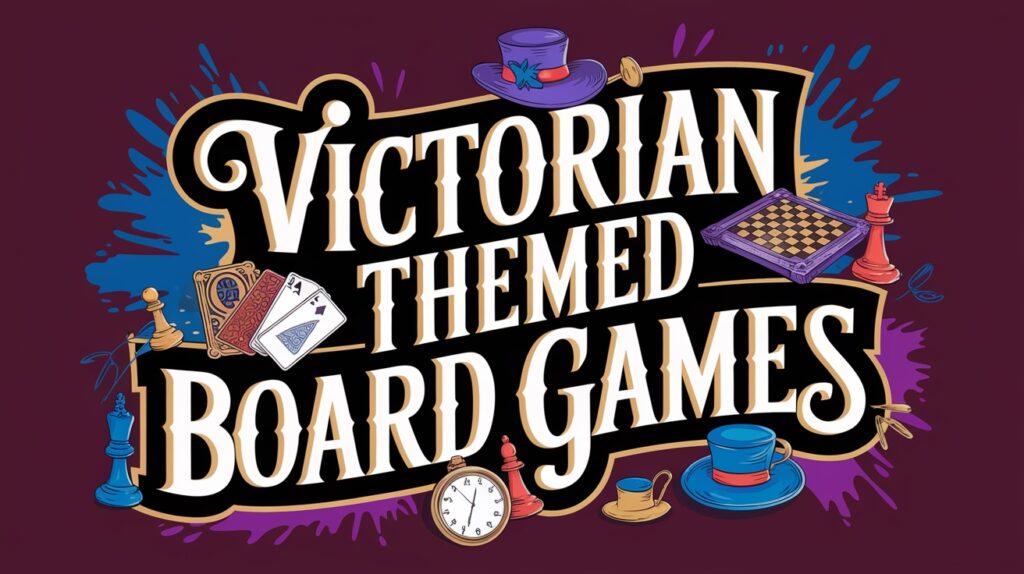
Penny Dreadful
The third installment in the Penny Dreadfuls series transports players to the fog-shrouded streets of Victorian London, meticulously recreating the atmospheric tension of its namesake literary format. This semi-cooperative design implements narrative exploration through democratic voting mechanisms, card examination protocols, and resource-allocation challenges.
The gameplay architecture features a tripartite ending system—failure, neutral, or success—with players manipulating star and co-star characters against Victorian antagonists. The cube-based voting procedure creates strategic tension: majority-aligned voters surrender cubes while challenge participation necessitates resource expenditure.
Despite evocative storytelling elements and quality components, the execution suffers from textual inconsistencies and chromatic limitations in board design. With a 5.5 rating, this ludological experience falls short of comparable narrative-driven titles like House of Danger, particularly in narrative coherence and mystery-solving depth.
Victorian Masterminds
While Penny Dreadful examined Victorian literary horror through semi-cooperative mechanics, Victorian Masterminds shifts the ludological framework toward competitive villainy in an alternate historical framework. Set in a counterfactual scenario where Sherlock Holmes has disappeared, players assume the identities of nefarious antagonists seeking global domination through mechanical constructs. The game’s asymmetrical agent deployment system enables:
- Strategic resource acquisition through multi-nodal city infiltration
- Interdictory mechanics allowing direct opponent sabotage
- Variable agent capabilities enhancing decision tree complexity
- Building acquisition and scientist abduction as victory accelerants
- Temporal pressure mechanisms via the diminishing global police presence
The ludic architecture emphasizes zero-sum competition within a steampunk aesthetic, demanding ideal agent utilization and tactical foresight. Victorian Masterminds thus represents a classic example of competitive resource management within the neo-Victorian tabletop framework, offering players liberating villainous agency in a meticulously crafted alternate history.
Nanty Narking
Immersed in the shadowy corners of Victorian London, “Nanty Narking” presents a linguistically intriguing tabletop experience, deriving its nomenclature from 19th century Cockney slang meaning “great fun.” This area-control masterpiece, published by Phalanx Games, transposes Martin Wallace’s earlier design “Discworld: Ankh-Morpork” into Dickensian London, offering a meticulously crafted ludological framework wherein players deploy character-specific asymmetrical abilities to establish socio-political dominance across the metropolitan terrain.
The Polish-language iteration, available through Noble Knight Games (NKG #2147966252), features compact dimensions (11.5″×11.5″×2″) optimized for both storage efficiency and tabletop deployment. Its high-caliber production values and strategic depth target cognitive engagement among players aged 12+, rendering it particularly apposite for libertarian-minded gaming collectives seeking intellectual stimulation through competitive socio-strategic interaction.
Holmes: Sherlock & Mycroft
Fraternal rivalry ignites Victorian-era deductive combat in “Holmes: Sherlock & Mycroft,” a meticulously calibrated two-player strategic confrontation set against the politically volatile backdrop of February 1895 London. Following Parliament’s bombing, players assume competing investigative methodologies through asymmetrical resource allocation frameworks.
The game’s architecture incorporates sophisticated temporal constraints:
- Seven-turn gameplay structure representing chronological investigative progression
- Character-dependent ability activation through tripartite token distribution systems
- Randomized character appearances enhancing ludological replayability coefficients
- Evidence Card acquisition mechanics predicated on character-specific competencies
- Strategic resource management requiring sophisticated temporal-spatial calculations
Published by Devir, this dialectical mystery challenges players to determine whether a laborer is conspiratorially implicated or legitimately culpable. The game’s algorithmic variability guarantees each investigative endeavor presents unique analytical challenges, appealing particularly to enthusiasts of deductive reasoning and Victorian-era contexts.
Whitehall Mystery
Shifting from fraternal competition to collective urban pursuit, “Whitehall Mystery” reconstructs London’s infamous 1888 Ripper-era tensions through sophisticated asymmetrical gameplay architecture. This 2-4 player deduction system positions participants in a dichotomous power dynamic: one embodying Jack—the elusive perpetrator navigating London’s intricate cartography to execute criminal objectives—versus a collaborative investigative cohort strategically mobilizing to intercept the antagonist.
The game’s mechanistic brilliance reveals itself in its spatial-cognitive framework, requiring analytical deduction from investigators while demanding tactical obfuscation from Jack. Victory parameters create compelling ludological tension: Jack’s freedom depends on completing undiscovered crimes, while investigators achieve success through coordinated tactical entrapment.
This 14+ demographic-targeted experience transcends mere entertainment, offering participants immersion in Victorian-era forensic methodology within a tightly-designed metropolitan network that rewards strategic foresight and psychological manipulation.
Gaslight Club
Temporal discontinuity marks the progression from Victorian London’s shadowed alleys to “Gaslight Club’s” post-Great War narratological framework, wherein participants engage with an ontologically complex simulacrum. This immersive tabletop experience situates players as android “hosts” within a clandestine establishment in Valentine City’s disreputable quarter.
The game’s distinctive model elements include:
- D6 dice pool mechanic privileging sixes as success indicators
- Stress quantification system tracking consciousness evolution
- Host-guest epistemological differentiation challenging identity constructs
- Multi-modal progression through awareness-contingent ability acquisition
- Narratological excavation of institutional ontology
Players navigate existential ambiguity while performing predetermined sociocultural functions within the eponymous venue. The system’s mechanical architecture favors collaborative storytelling through character development and environmental interaction. This $5 experience synthesizes Mutant: Year Zero’s foundational principles with Genesys and Blades in the Dark’s innovative systems, creating a uniquely liberated ludic framework for exploring consciousness and autonomy.
Letters from Whitechapel
“Letters from Whitechapel” materializes as a dialectical ludic engagement between Victorian criminal historiography and contemporary strategic abstraction. Fantasy Flight Games’ revised edition (11.8×11.8×3) meticulously recalibrates the deductive tension intrinsic in its Jack-the-Ripper-inspired mechanics.
Available in multiple preservation states—VG+/NM ($50.00) or Fair/NM ($48.00)—this first printing exemplifies the publisher’s commitment to historical board game verisimilitude. The boxed game’s commercial ontology permits quantitative selection during purchase procedures while maintaining condition-dependent valuation hierarchies.
The gameplay architecture demands strategic cognition through historical reconstruction, establishing itself as an epistemic apparatus for mystery enthusiasts. Its dimensional parameters house a tactical environment where Victorian horror intersects ludological freedom—players navigate London’s shadowy cartography while engaging in cat-and-mouse dialectics that transcend mere entertainment to become historical meditation.
Watson & Holmes – From the Diaries of 221B
“Watson & Holmes – From the Diaries of 221B” constitutes an epistemological ludic apparatus that transmutes Doylean literary constructs into participatory deductive engagement. This 2-7 player competitive investigation system positions participants as Victorian-era detectives traversing unpublished narratives from Watson’s cataloged experiences.
The game’s semiotic architecture functions through:
- Multi-nodal location-based clue acquisition mechanisms
- Collaborative yet antagonistic player dynamics
- Chronological prioritization of mystery resolution
- Authentication through period-specific thematic elements
- Integration of Holmesian deductive methodology
The commercial interface promotes acquisitional continuity via cart-viewing optionality and desire-tracking functionality. The platform’s algorithmic recommendation matrix encourages supplementary product engagement through related item visualization and mnemonic recall of previously viewed artifacts. This hermeneutic experience transcends mere entertainment, offering participants authentic immersion in late 19th century investigative praxis.
The World’s Fair 1893
“The World’s Fair 1893” represents a ludic simulation of Chicago’s Columbian Exposition, configured as a multi-modal area-control mechanism with historical hermeneutics embedded throughout its procedural rhetoric. Priced at $40.24, this 2-5 player tableau strategizes supporter placement to gain exhibit approvals within a 35-45 minute timeframe.
The game’s central conceit—the Ferris Wheel rotation governing temporal progression—exemplifies period-appropriate chronometric signification. Beth Sobel’s illustrations amplify the non-hegemonic historical narrative focusing on celebratory collectivity rather than imperialism.
Optimal player count analysis reveals improved strategic depth at 3+ participants, while binary configurations suffer from deterministic oscillations. Critics cite bifurcated currency systems and stochastic card distribution as procedural limitations, though the educational historiography remains commendable. At 7.25/10, it serves as an accessible ludic portal into Victorian exhibition culture, particularly for neophyte board game practitioners.
